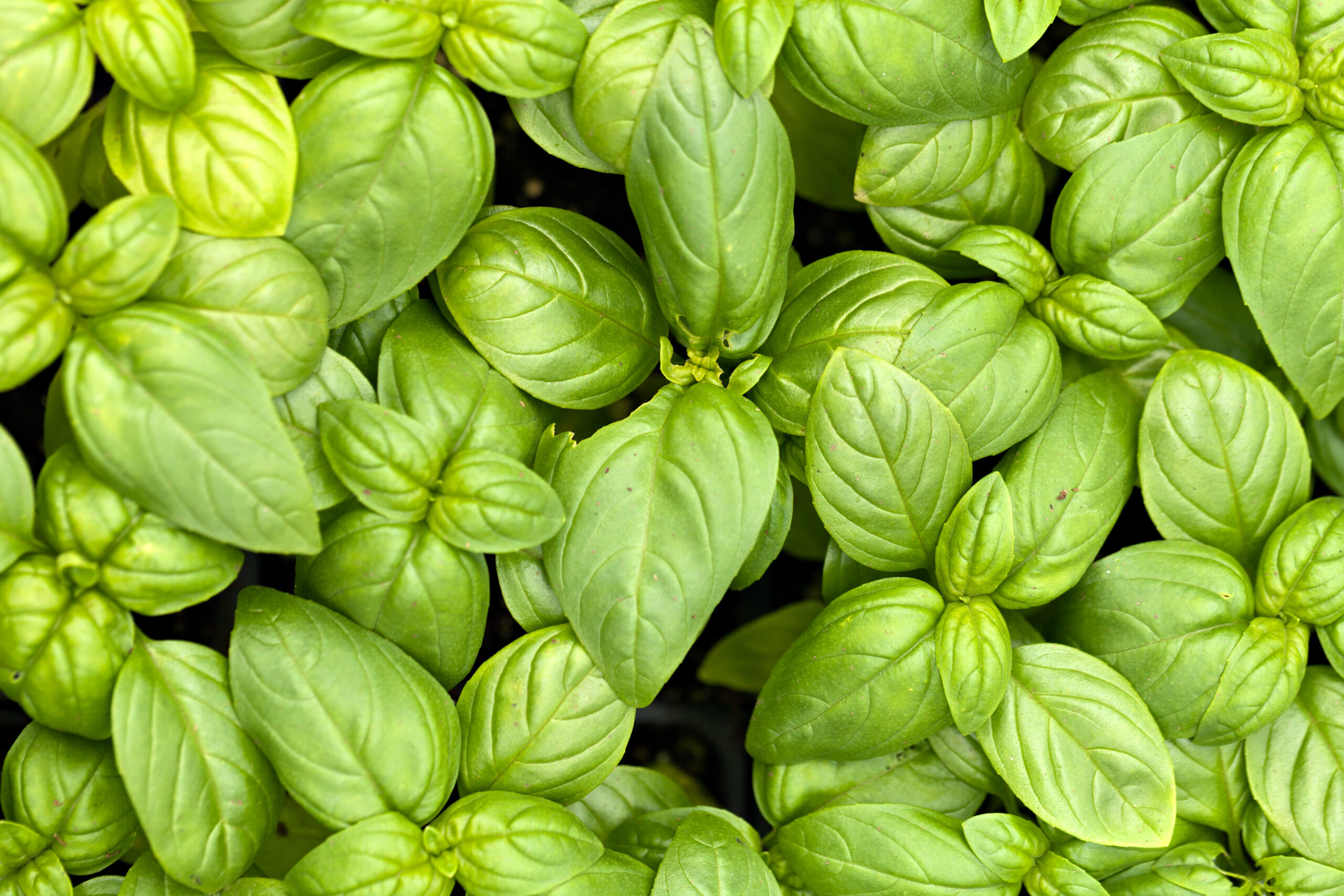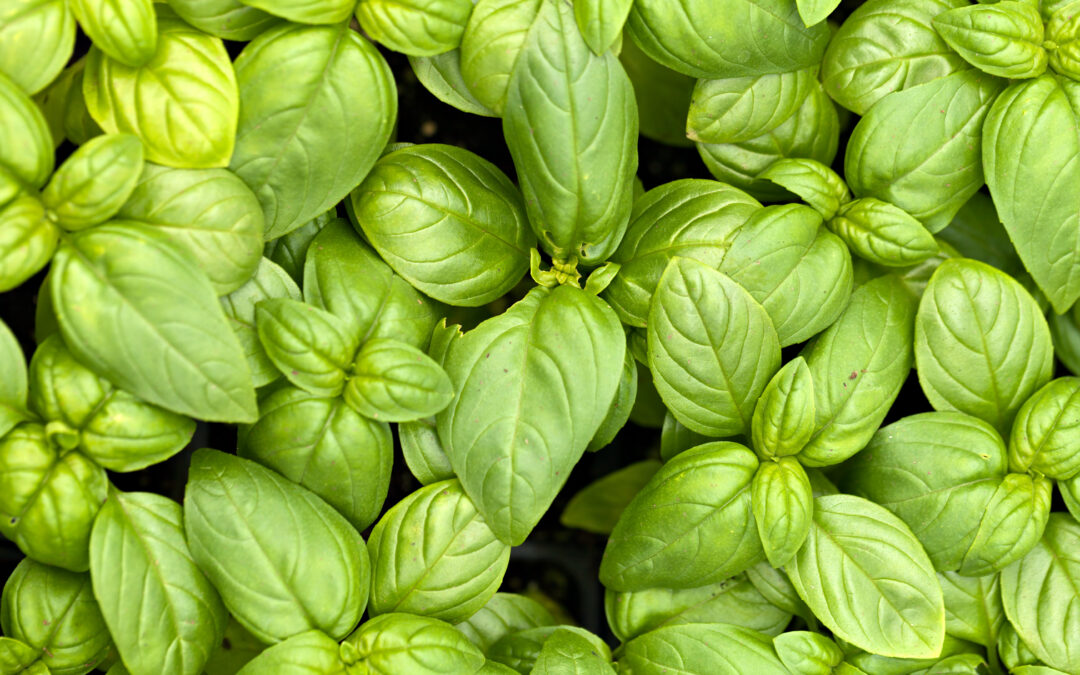Gardening is a rewarding hobby that can provide fresh produce, beautiful flowers, and an overall sense of satisfaction. Whether you’re new to gardening or have been growing your own food for years, there are always tips and tricks to make the process easier and more successful. In this blog post, we will cover everything from choosing the right plants and seeds to harvesting and preserving your crops. Let’s get started!
Introduction to Home Gardening
Home gardening has become increasingly popular in recent years as people seek out ways to live sustainably and reduce their carbon footprint. With just a small plot of land and some basic tools, anyone can start growing their own fruits, vegetables, herbs, and even flowers. The key to success lies in proper planning, soil preparation, plant selection, and maintenance.
Choosing the Right Plants and Seeds
The first step in home gardening is selecting the right plants and seeds for your climate, soil type, and personal preferences. Consider factors such as sunlight exposure, water requirements, and growth patterns when making your choices. It’s also important to choose varieties that are well-suited to your region and season. For example, if you live in a cooler climate, you may want to opt for hardier greens like kale and collard greens instead of heat-loving tomatoes.
Preparing the Soil and Planting
Once you’ve selected your plants and seeds, it’s time to prepare the soil. This involves removing any debris or weeds, loosening up the earth with a shovel or tiller, and adding compost or other organic matter to enrich the soil. After the soil is ready, it’s time to plant your seeds or seedlings. Be sure to follow the instructions on the seed packets or plant labels carefully, paying attention to spacing, depth, and watering needs.

Caring for Your Garden
After the initial planting, caring for your garden requires regular watering, fertilizing, and pruning. Depending on the types of plants you’ve chosen, you may need to take additional steps to protect them from pests or diseases. Keep an eye out for signs of trouble, such as wilting leaves or discolored fruit, and address issues promptly before they spread throughout your garden.
Harvesting and Preserving Your Crops
Finally, once your crops are mature and ready to be picked, it’s time to reap the benefits of all your hard work. Make sure to harvest at the optimal time to ensure maximum flavor and nutrition. You can then preserve your bounty by freezing, canning, drying, or pickling your produce. Not only does this extend the life of your crops beyond the growing season, but it also allows you to enjoy homegrown goodness year-round.
In conclusion, successful home gardening requires careful planning, attention to detail, and consistent care. By following these tips and techniques, you can grow healthy, delicious produce while enjoying the many benefits of being outdoors and getting your hands dirty. Happy gardening!





